Over the last few days I (re-)thought a lot of the role of an architect in a Scrum team. I tried to avoid to read about other opinions and just thought of my very own experience over the last few years in agile teams.
There should be an architect in your organization, however, he should not be part of the Scrum team itself. Scrum is about the development process in your organization or project and as such is it a required constraint for the architecture to develop.
The architect deals with non technical issues, so called facts of life, politics, organizational constraints, budget restrictions and so on. No team member could address thees in the regular development sprints.
As an architect one should analysis and manage risks – again nothing a team member could do during a regular two or four week sprint. Considering risks probably begins long before the team is Assembled and t he project is started. In fact, as an architect one could even point out the project might not doable due to various reasons.
An architect has to run in iterative cycles as constraints change, customers come up with new and modified requirements and organizational goals mit shift over time. All this might require some redesign or evolution of the architecture. However, these architectural cycles are not bound to the development cycles of e team. They are more related to the business, customers and organization.
The architect is a technical leader. Maybe by prototypes or bullet tracing he shows how hard parts of the system can or will be addressed. As such he provides a base to the team to better estimate the complexity of the upcoming implementation. Eventually, as architect it is important to address the hardest issues first whiled the Scrum team addresses the tasks with the highest business value first.
As an architect you teach and coach your team. In Martin Fowler's article Who Needs an Architect?, published in IEEE Software, Fowler points out, that an good architect mentors his team, not sitting in his ebony tower.
Dealing with uncertainty is probably one of the most underestimated aspects of the dayjob of an architect. In the role of an architect, I have to make decisions under a high degree of uncertainty. As many aspects of a project change over time, early decisions are uncertain. However, as an architect, you have to consider the consequences of these decisions. It's a major part of your job to consider risks and work on plans wether any event occures that affects your project both, a a threat or a chance.
I contrast, in the role of an developer, you should not be confronted with uncertainty. You have a tough schedule and proper tasks to fulfill, Technologie and tools are in place and in the best case you have all the knowledge to perfomreyou task. If the requirements for your task are not clear, you probably cannot fulfill it.
I have experienced this very issue during the last few years several times. Most of the time this was caused by the lack of an architect or the position of the architect was not dealing with the role of the architect in a proper way, most of the time writing code themselfs.
Therefore, do architects write code? This might be one of the most discussed topics for software engineering. Personally, I have experienced both, architects writing (productive) code all the time a well as architects never worked in product development. As an architect you probably should provide certain coding skills. Earning your street cred before becoming an architect is inevitable. You must be able to read, understand and improve the code. However, you have to delegate the actual task of building the code base to others. Nevertheless, you probably have to improve your coding skills permanently. Therefore, an erchitect must be able to write excellent code, however he should not write the bits delivers despite prototypes and tracer bullets.
As a fact, running an agile environment does not supersede an architect. Neither does it reduntize the overall product planing and designing process. The architect is not part of the Scrum team as he does not deliver within the Scrum team. He is in a position existing before the Scrum team is assembled, he leads the direction and can hold an consulting position for the team. However, the a architect is not part of the sprint plan and as he is not part of the Scrum team as such.



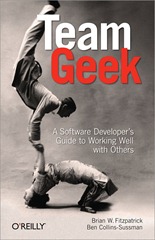
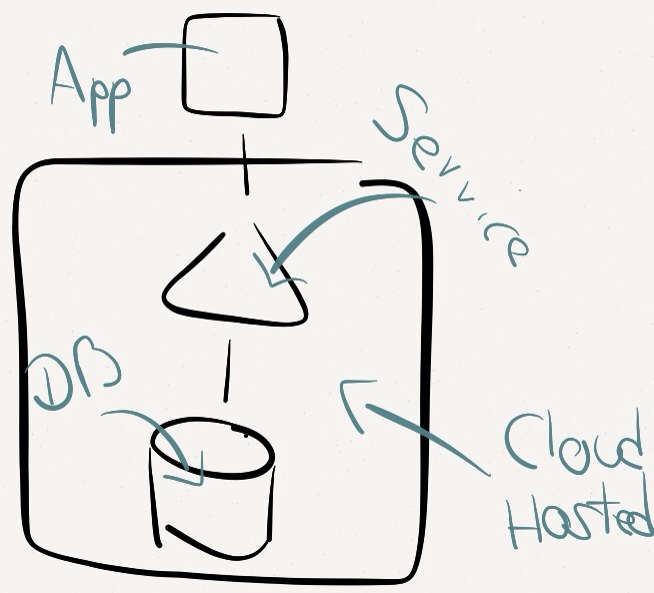
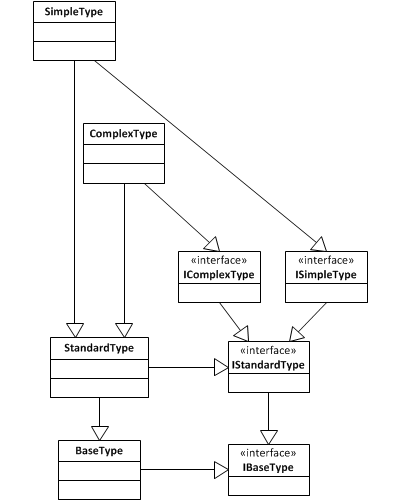
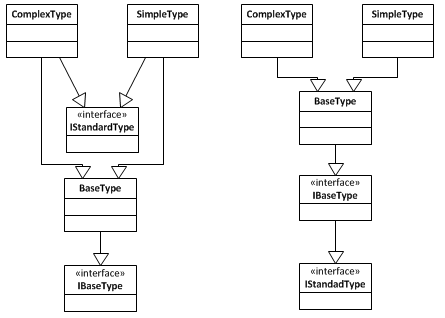
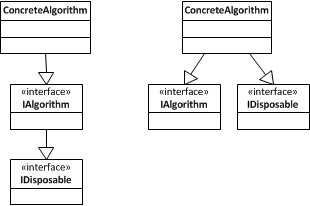
 I recently finished the latest book from Robert C. Martin aka
I recently finished the latest book from Robert C. Martin aka